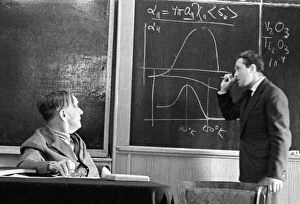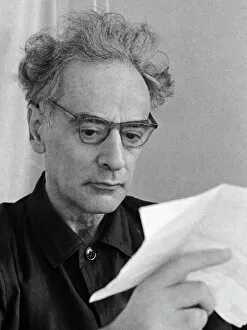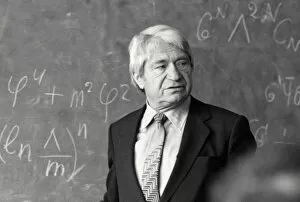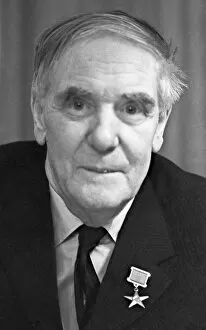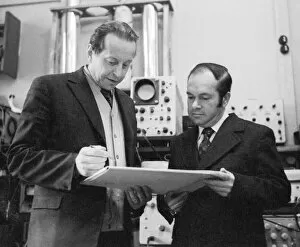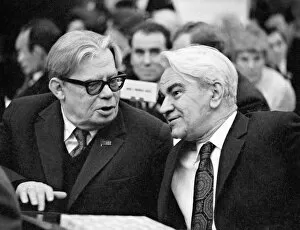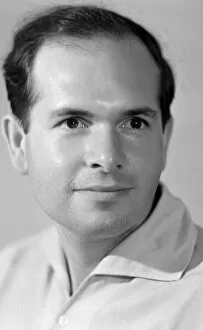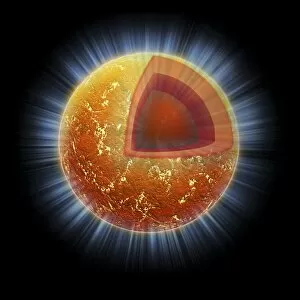Superfluidity Collection
Superfluidity, a fascinating phenomenon in physics, was first studied by Russian physicists Pyotr Kapitsa and Andrey Androv
All Professionally Made to Order for Quick Shipping
Superfluidity, a fascinating phenomenon in physics, was first studied by Russian physicists Pyotr Kapitsa and Andrey Androv. However, it was Soviet physicist Lev Landau who made significant contributions to our understanding of this unique state of matter. Landau's groundbreaking work on superfluidity earned him the Nobel Prize in Physics in 1962. He developed a theory known as the "two-fluid model, " which described how superfluids can flow without any resistance or viscosity at extremely low temperatures. Soviet physicists C013 / 4866 further expanded upon Landau's ideas and conducted experiments that confirmed the existence in various substances. They observed remarkable properties such as zero friction when flowing through narrow channels and the ability to climb up walls against gravity. Pyotr Kapitsa, another prominent Russian physicist (C013 / 5385), played a crucial role in advancing our knowledge of superfluid helium. His innovative techniques allowed for the production of ultra-low temperatures necessary to study these extraordinary phenomena. Arkady Migdal, a renowned Russian physicist, contributed significantly to theoretical aspects related to superfluidity. His calculations provided valuable insights into how quantum mechanics governs the behavior of particles within these exotic states. Brandt and Abrikosov were also notable Russian physicists who made important contributions to understanding superconductivity—a closely related concept—by studying its connection with magnetic fields. Elepter Andronikashvili, a Soviet physicist, conducted pioneering experiments on liquid helium that revealed astonishing properties like heat conduction against thermal gradients—an apparent violation of conventional laws governing heat transfer. Bogolyubov and Keldysh were Soviet scientists whose collaborative efforts resulted in significant advancements regarding many-body theories applied specifically to systems exhibiting superfluid behavior. Their work laid down fundamental principles still used today for describing complex interactions within these intriguing states of matter.

